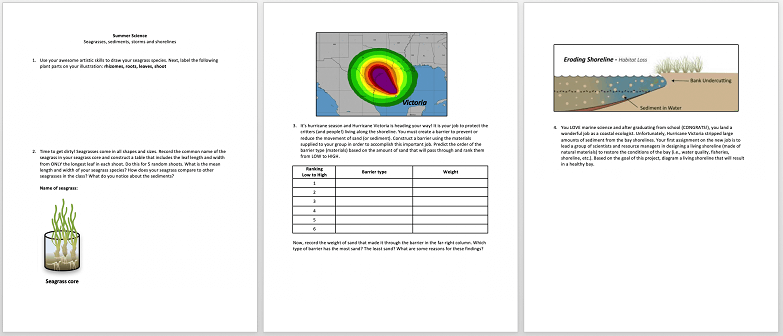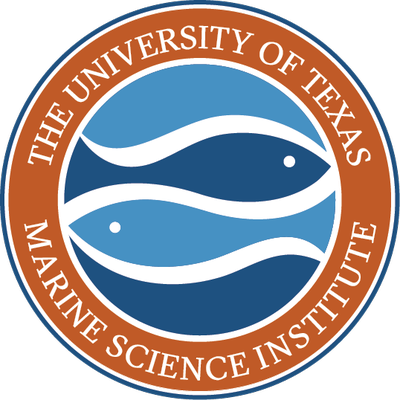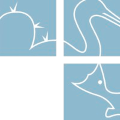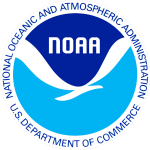UT Summer Science
Join real scientists in a quest for scientific discovery. We will explore local environments and investigate real-world science disciplines in the field and in the lab.
This program brings scientific concepts to life in order to gain deeper understanding of the marine environment. Students are immersed in field and lab experiences developing skills in problem-solving, teamwork, and the scientific method.
Get InvolvedUT Summer Science is an experience that simultaneously encourages fun and inquiry-based learning for
students entering 3rd through 8th grade. Students are able to work directly with marine scientists from
the University of Texas and experience science in a natural setting outside of the classroom. The goal
of the program is for students to develop a deep connection and appreciation for the marine environment,
and increase awareness of local and global threats. Additionally, the program aims to cultivate a
diverse skill set that can be applied to solve complex problems using the scientific method, thereby
forming a solid understanding of what is involved in being a scientist. For more information, please
visit https://utmsi.utexas.edu/visit/summer-science/port-aransas-texas.
The Texas Seagrass Module
The Seagrass Module is a core component of the K-12 Summer Science Program. Our goal is to increase students’ understanding of why seagrasses are important to us and identify the things control their abundance and survival. Students will learn what seagrasses are by sharing their own personal experiences with seagrasses to the class. They will demonstrate a basic understanding of photosynthesis and learn the importance of light for these benthic (bottom dwelling) plants. Additionally, they will be able to identify the factors that cause the water to become very dark brown or green and describe how these factors impact seagrasses. Students will get muddy as they process seagrass cores and carefully describe the plant’s structure and morphology. They will apply their observations to determine how these characteristics contribute to their ecological role in coastal habitats. They will also observe the epifuana (organisms that are attached to seagrass leaves) and infauna (organisms living in the mud). At the end of the day, we hope that students can tell us about the value of seagrasses, their importance, what endangers them, and how we can protect them.

Texas Seagrass Module Sponsors

The University of Texas at Austin Marine Science Institute

Mission-Aransas National Estuarine Research Reserve

National Oceanic and Atmospheric Administration